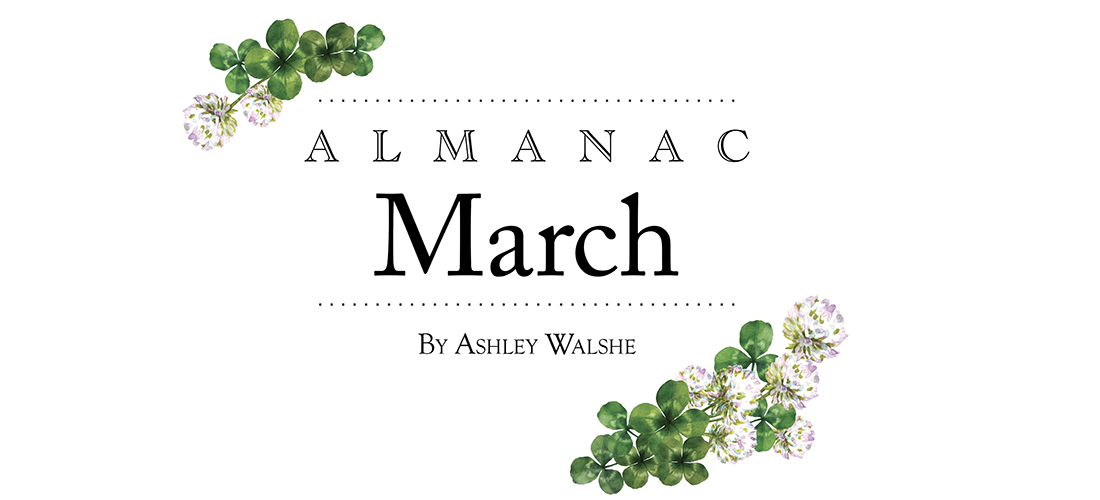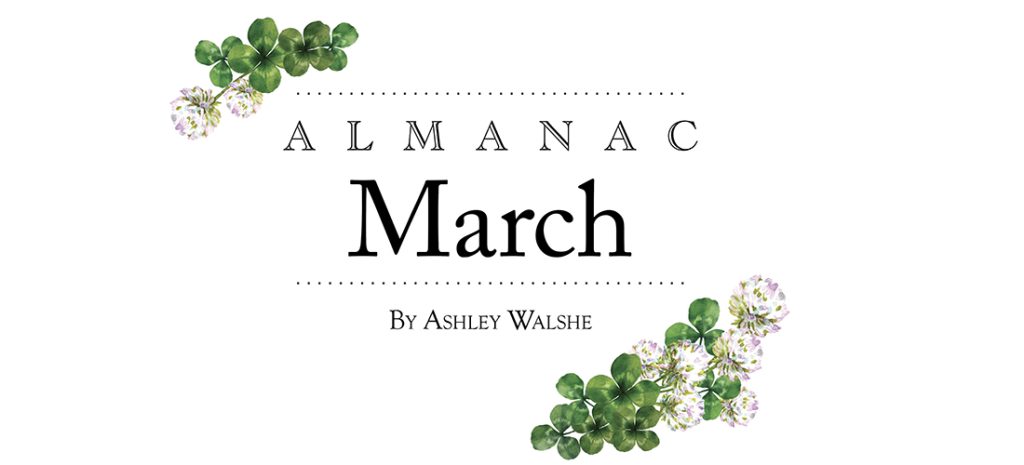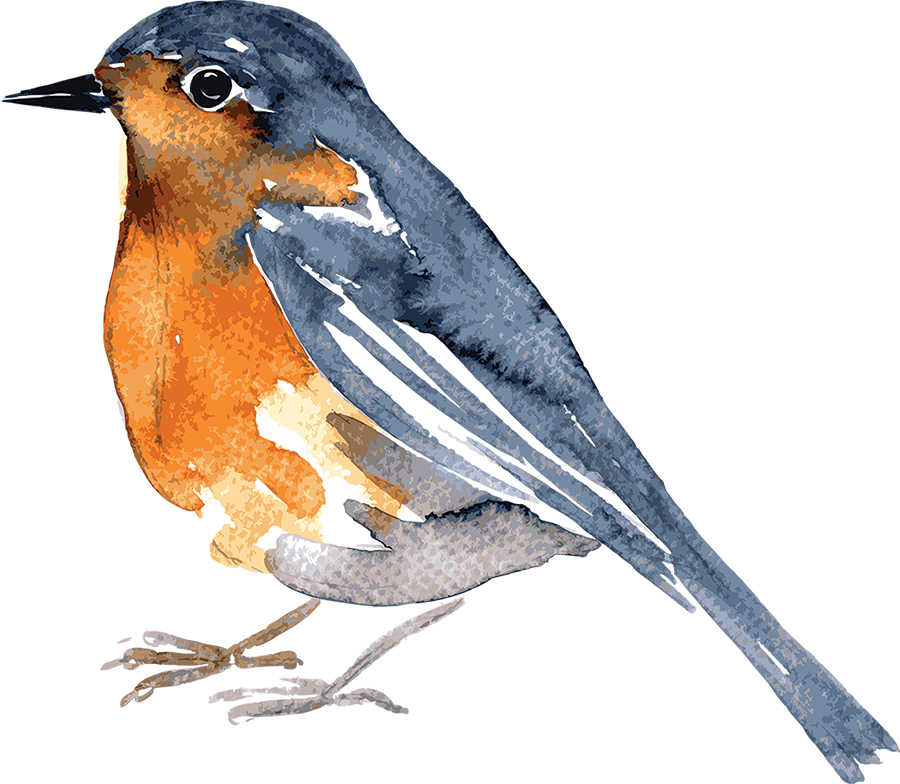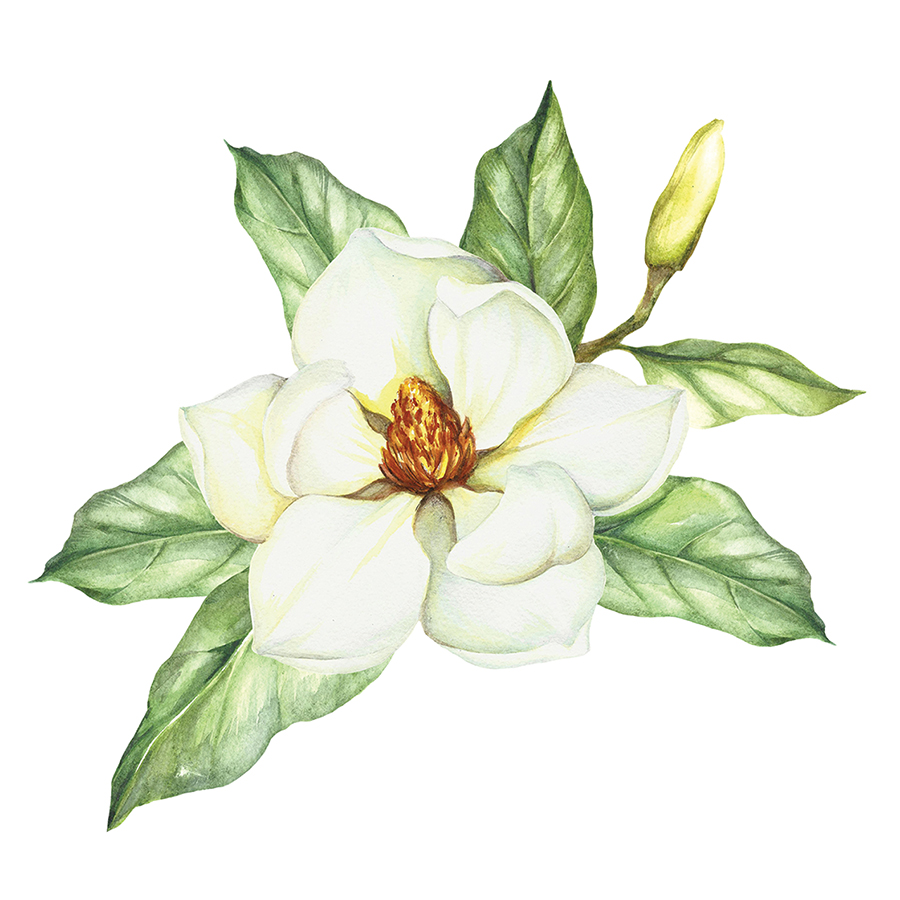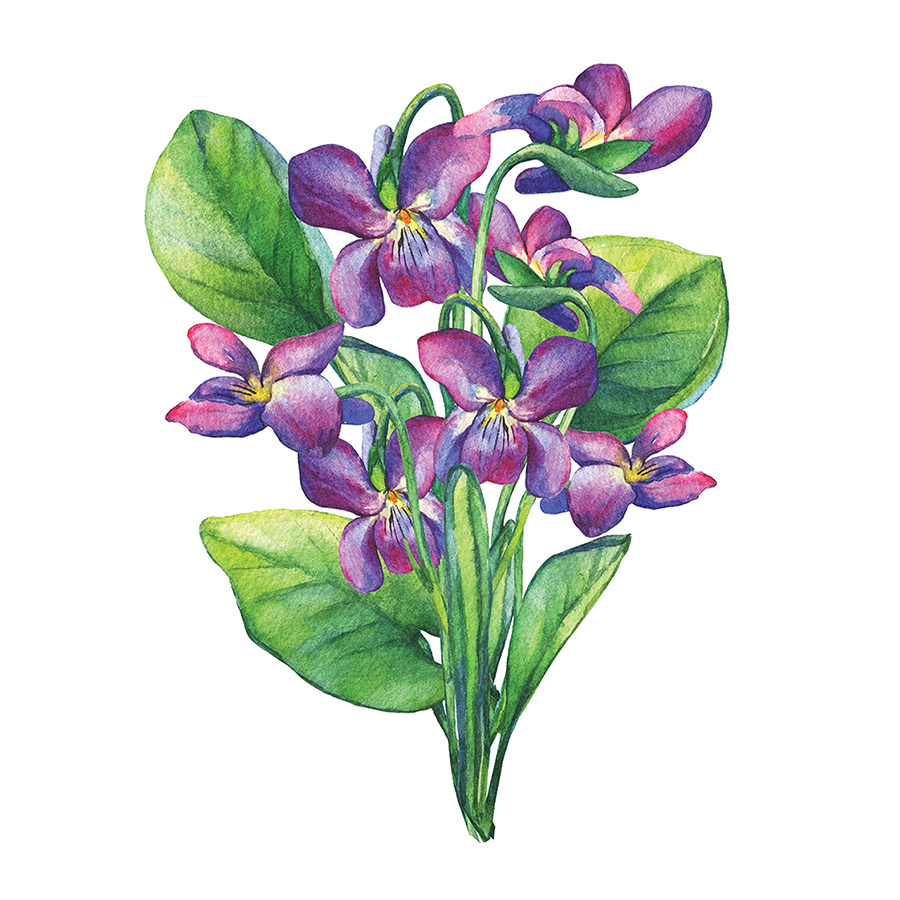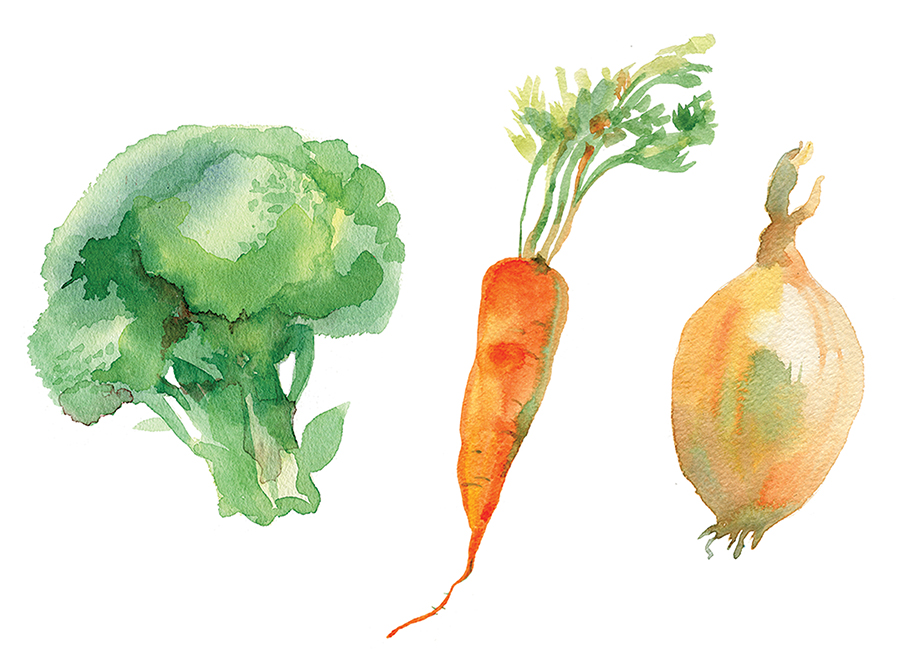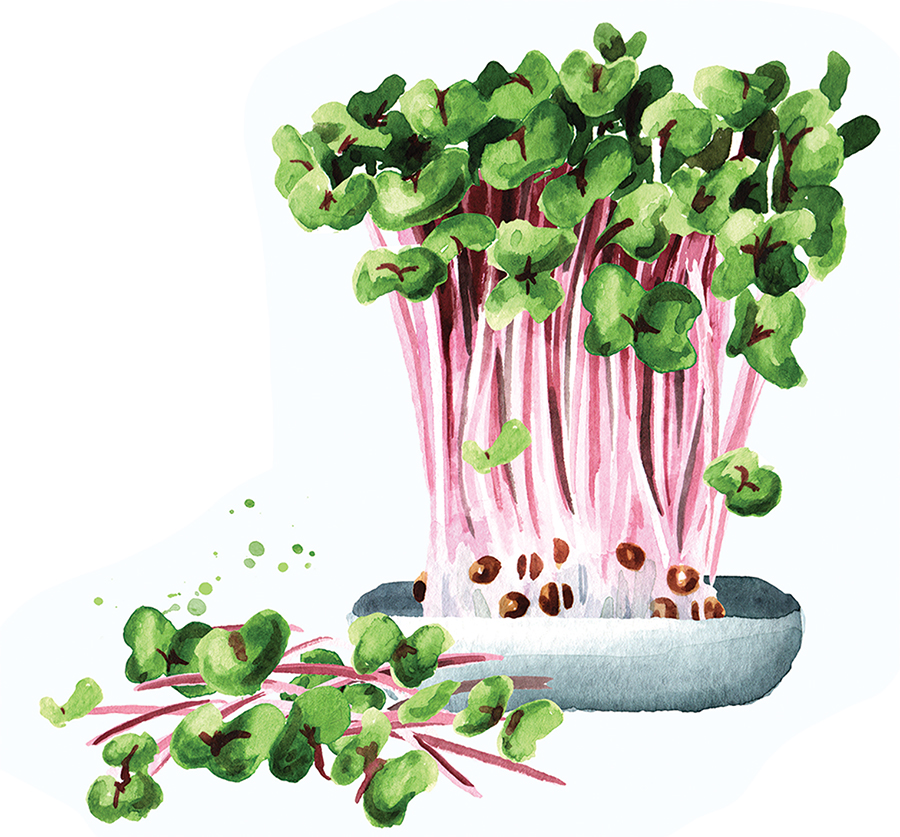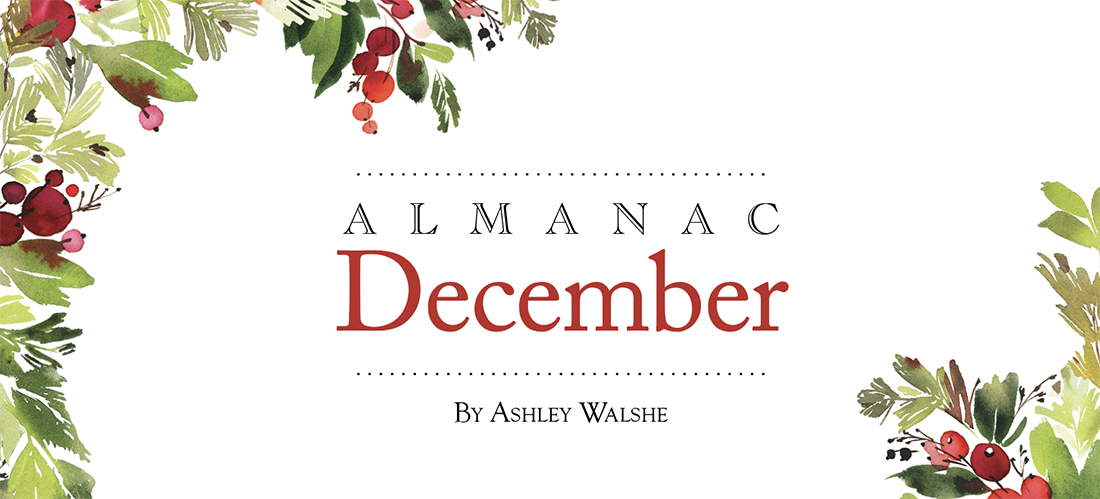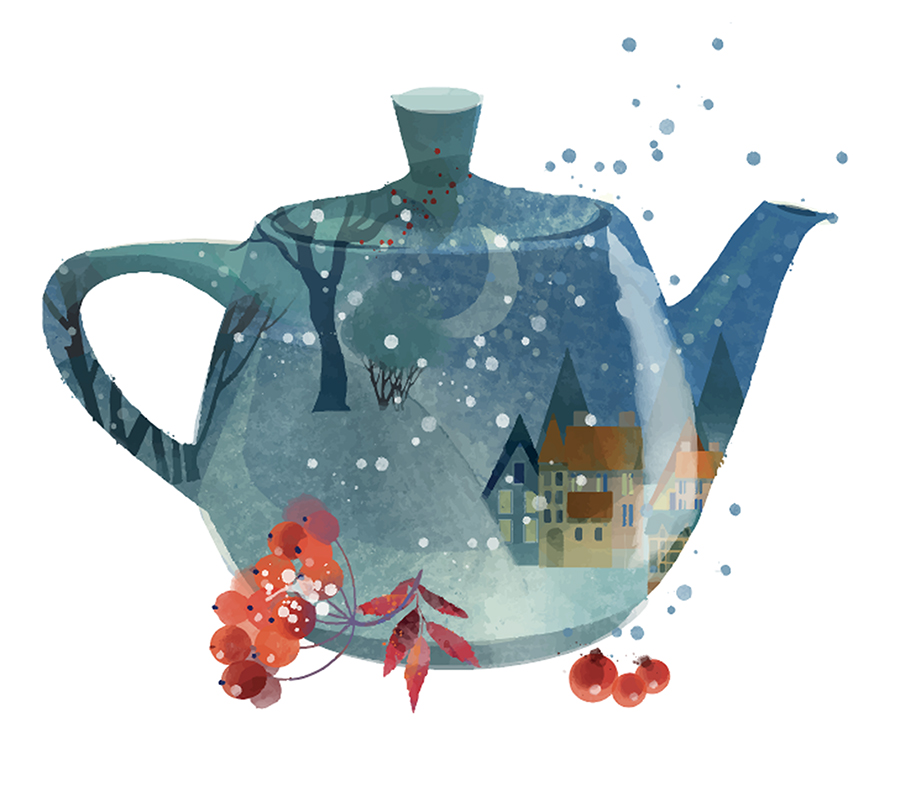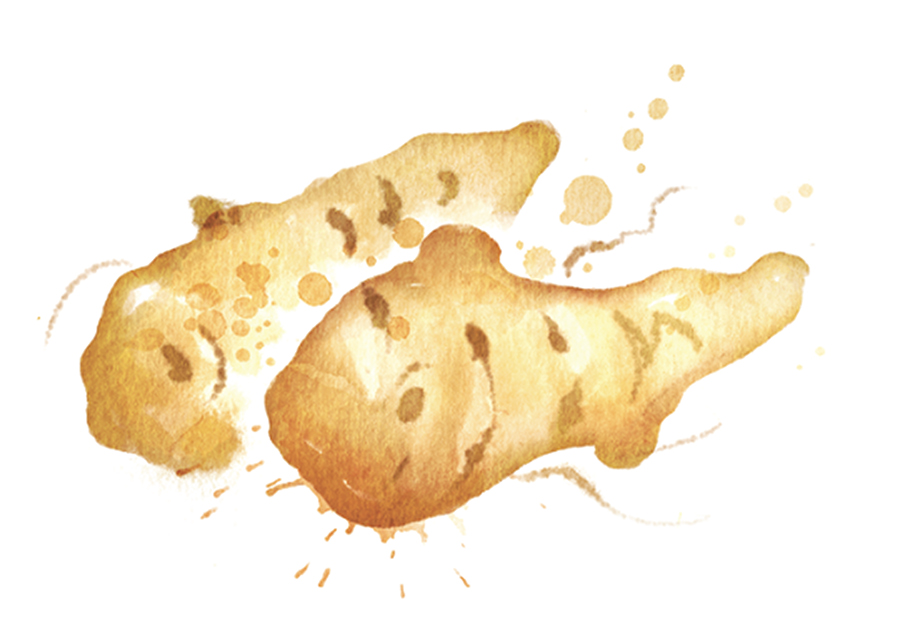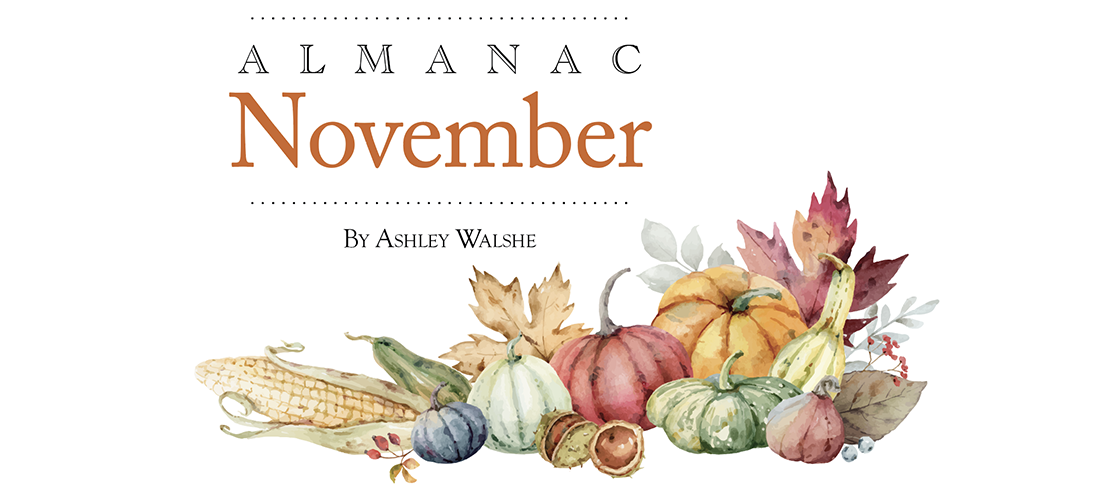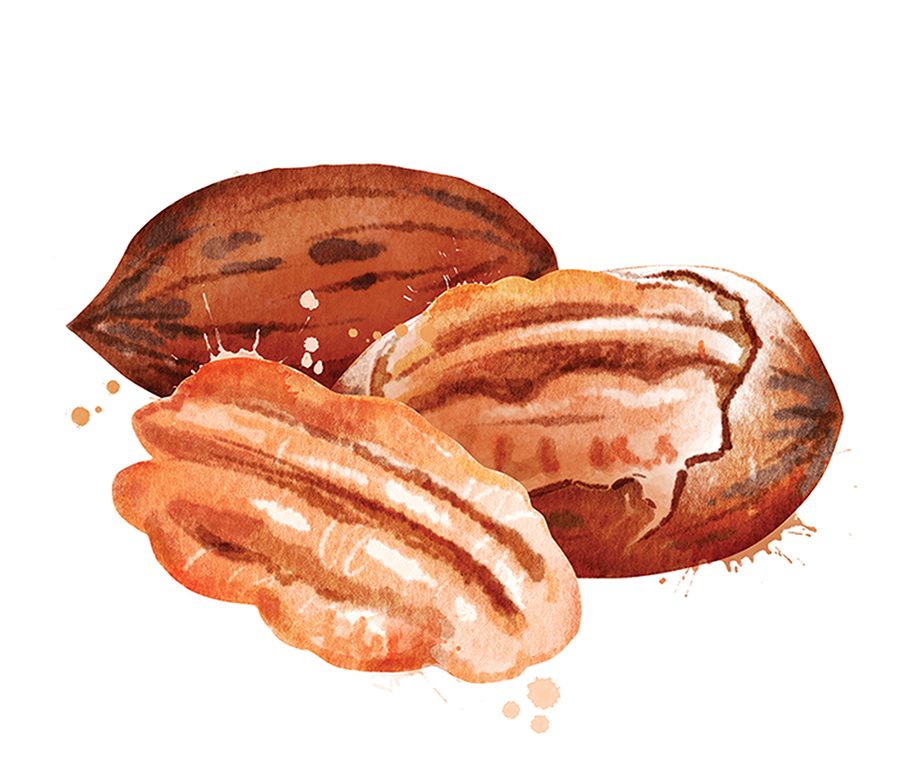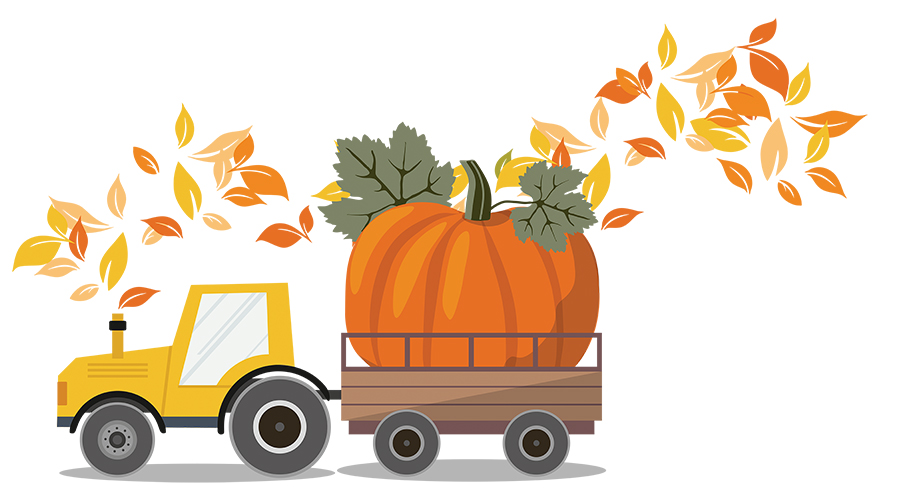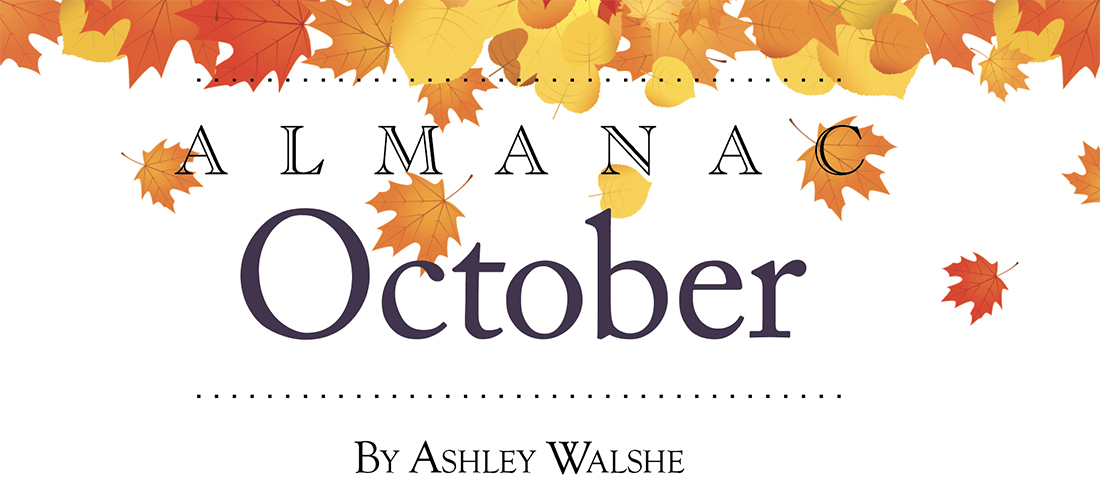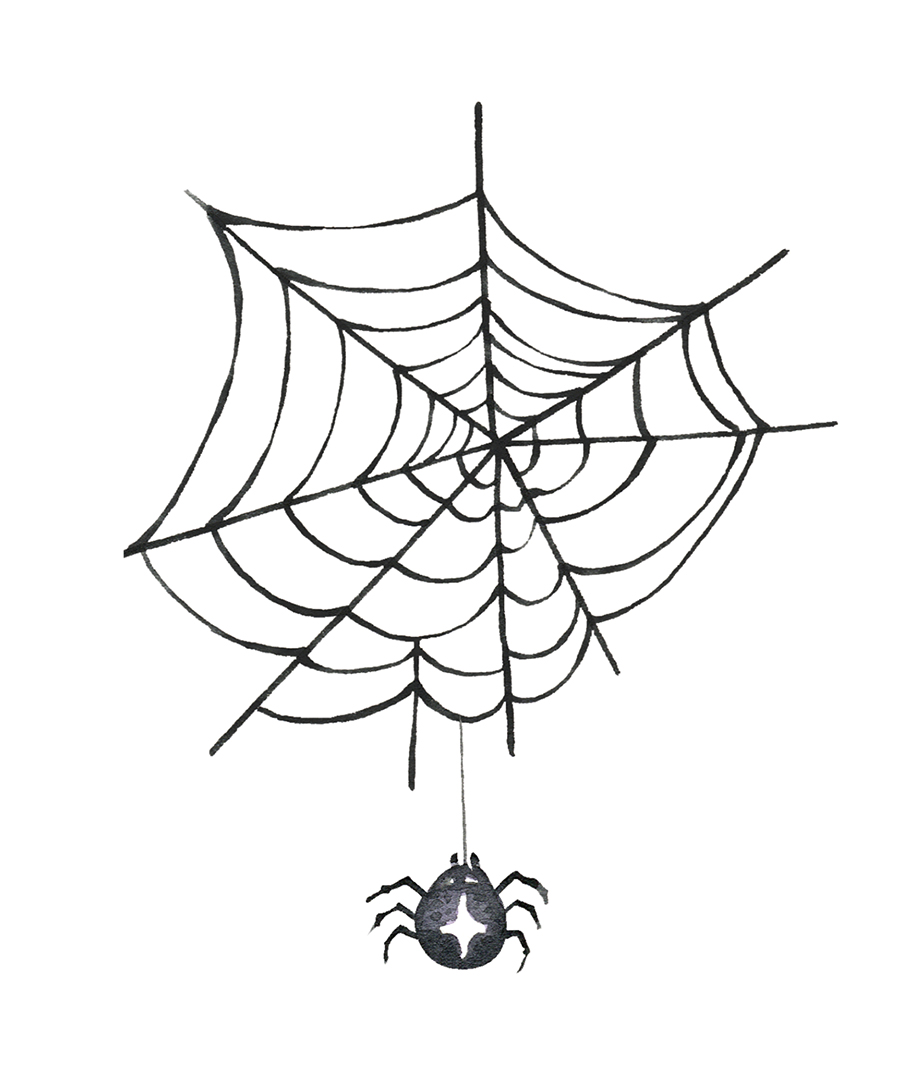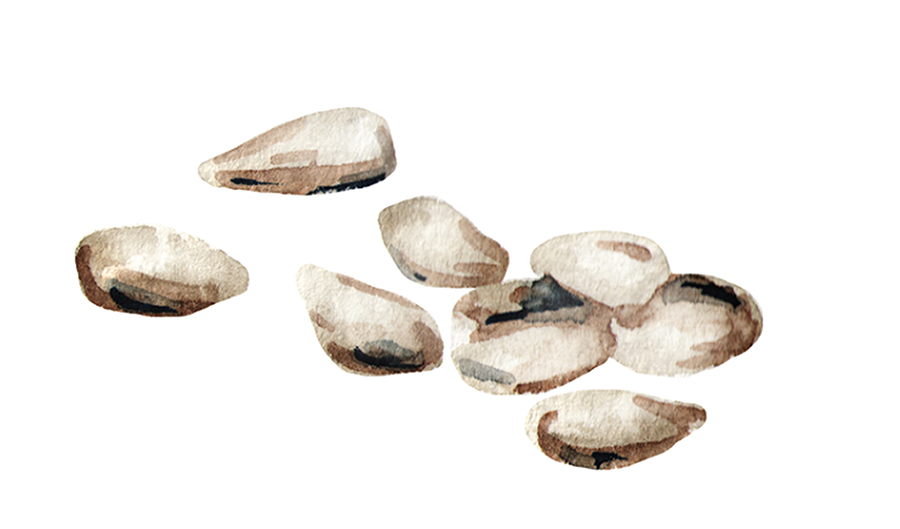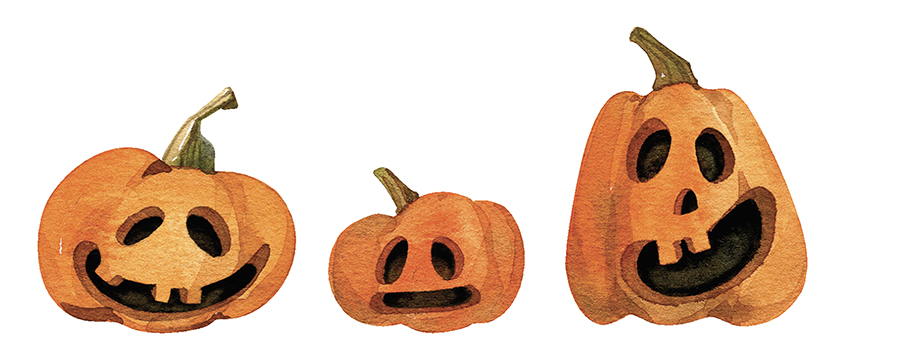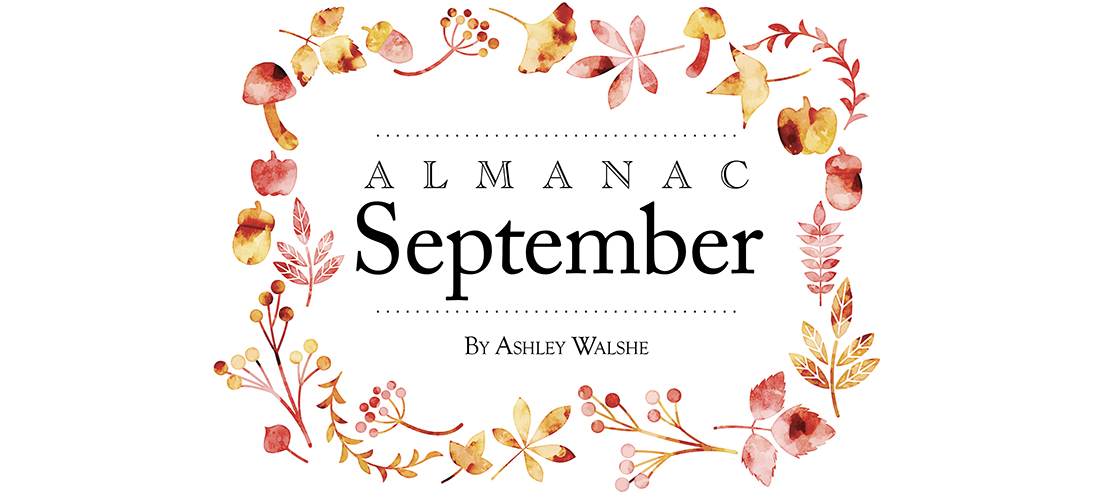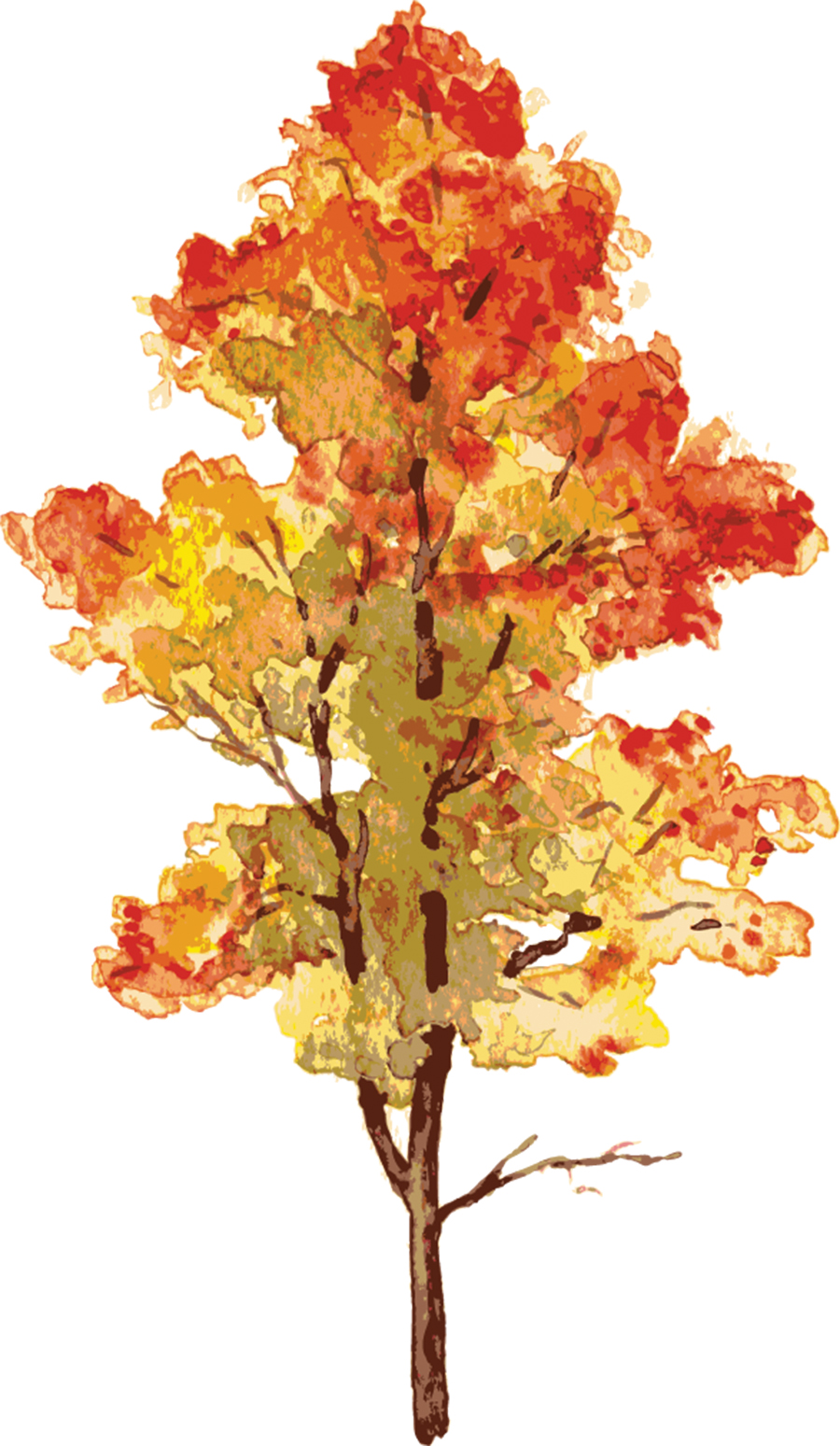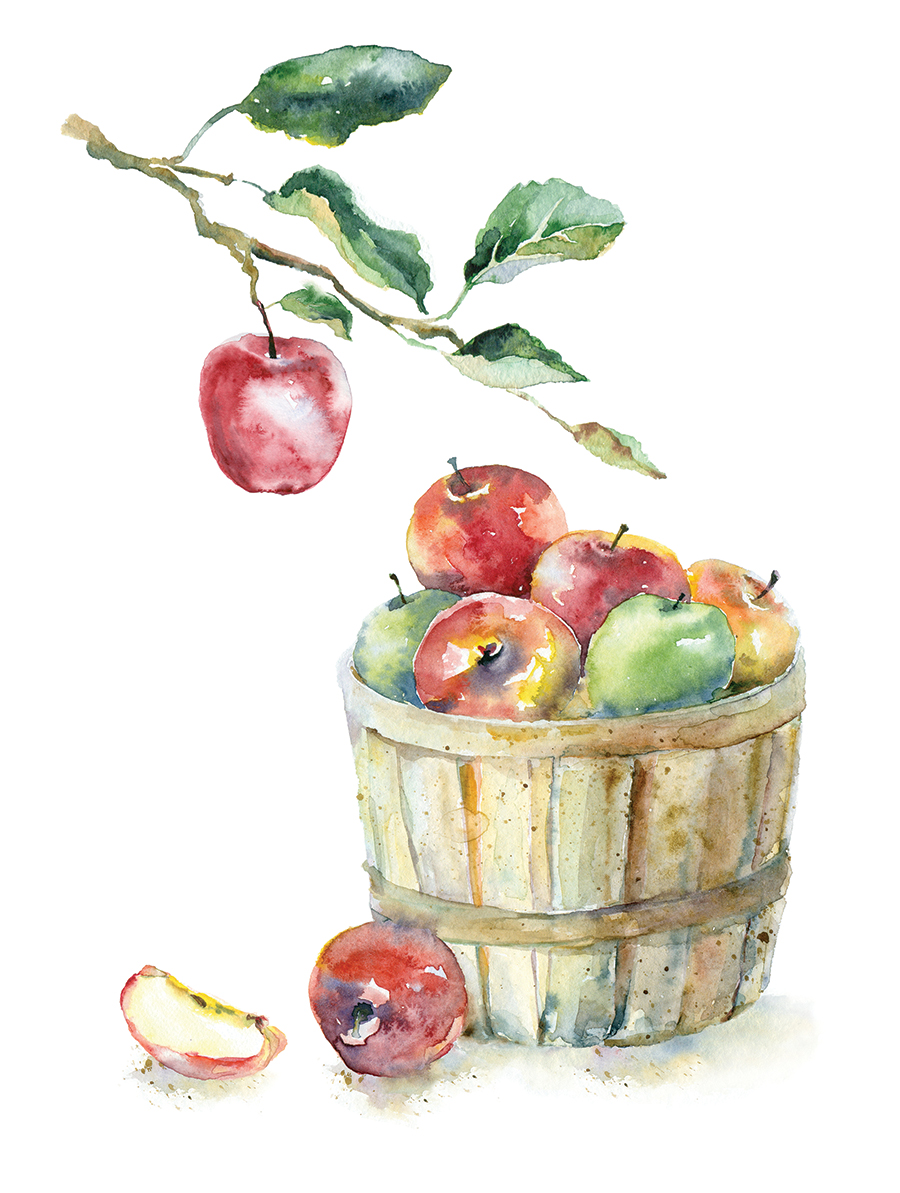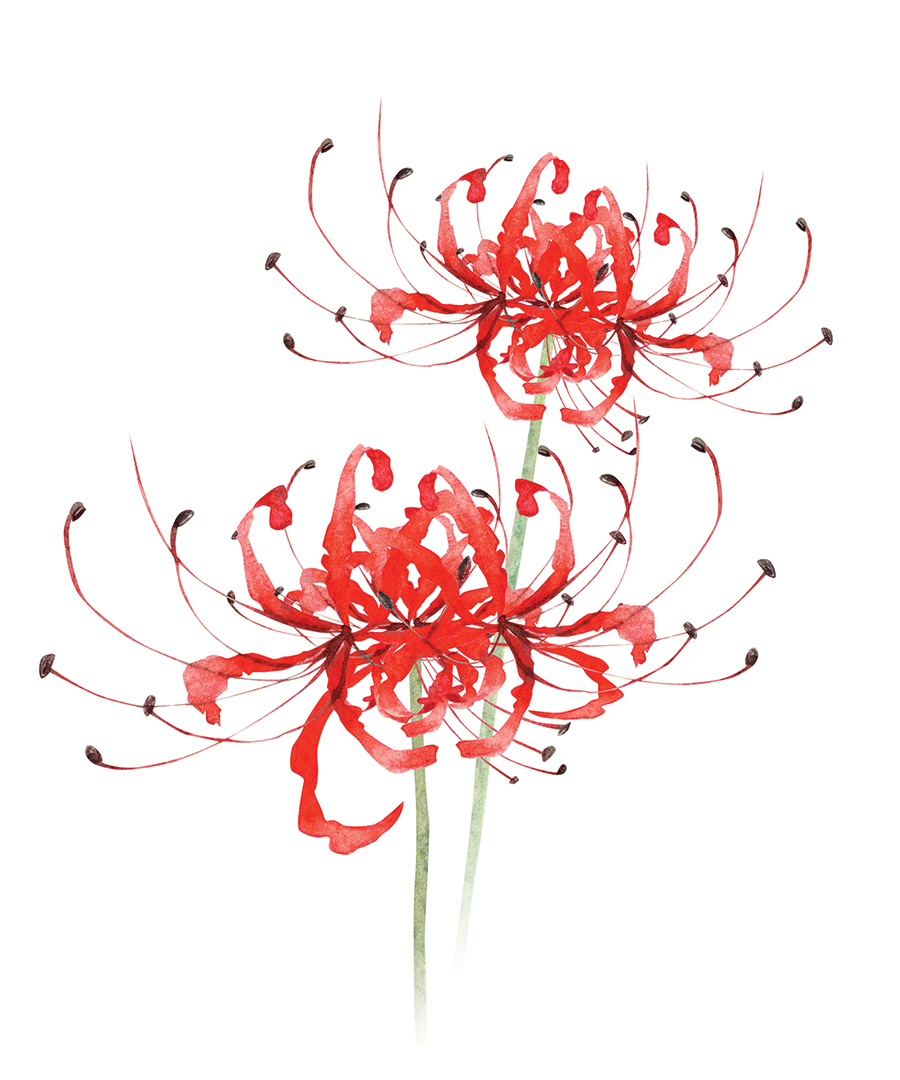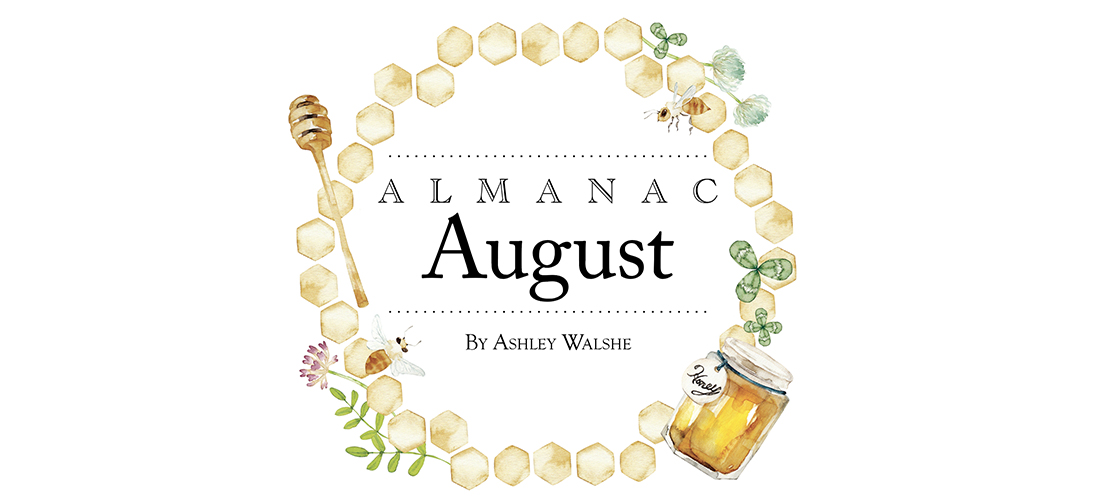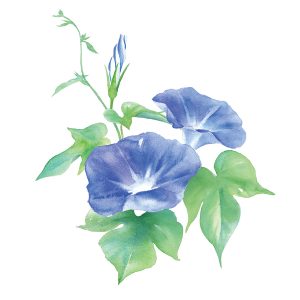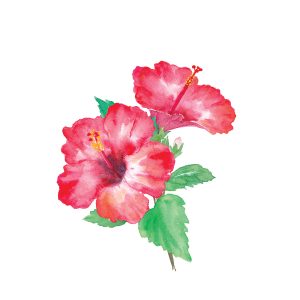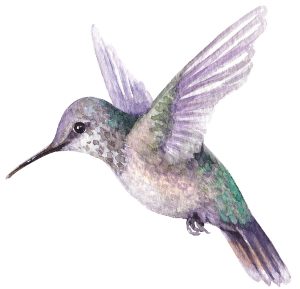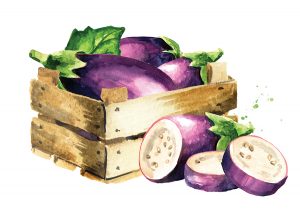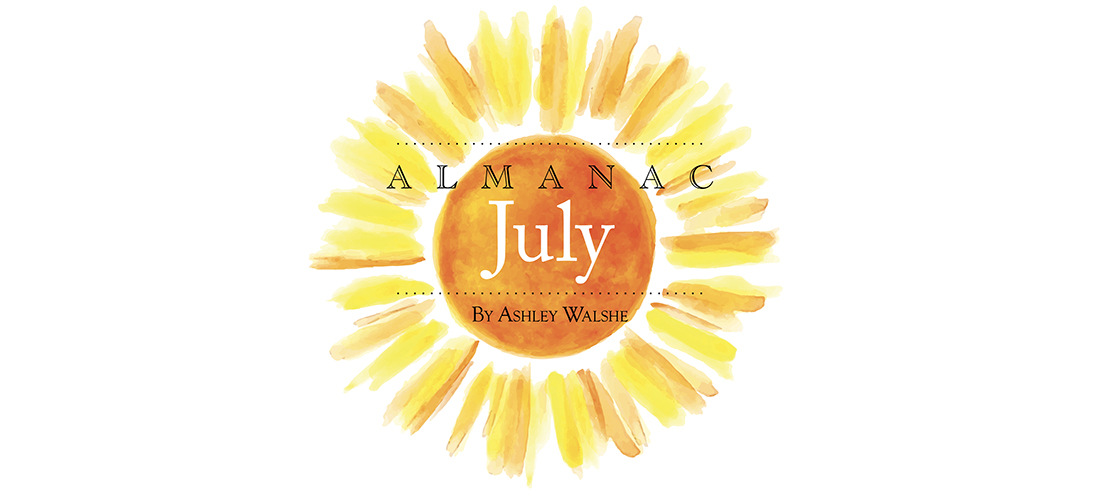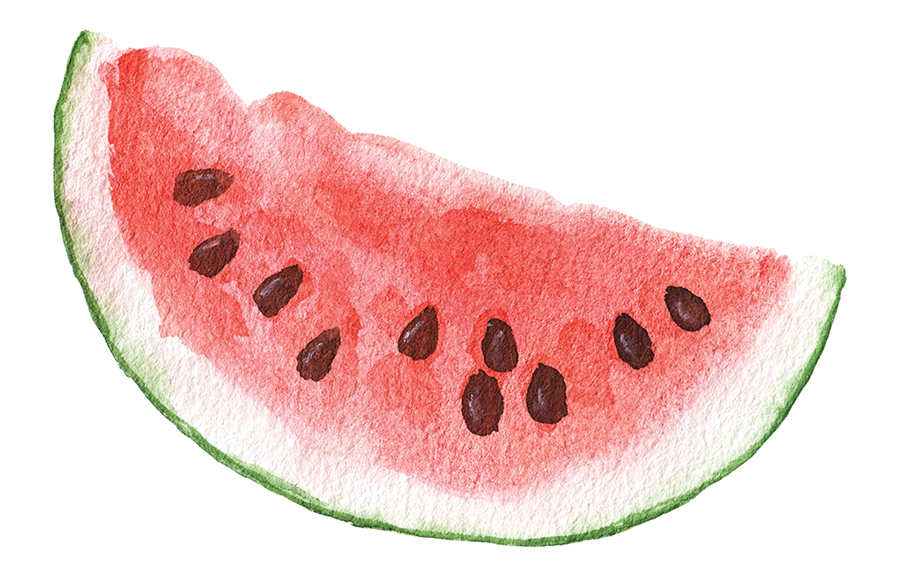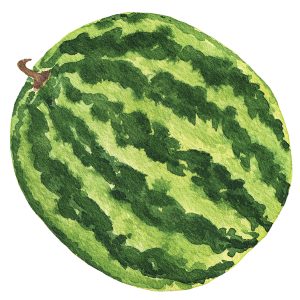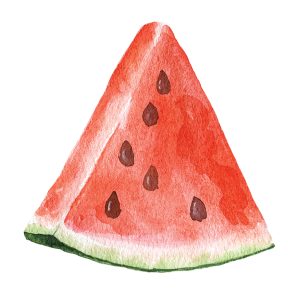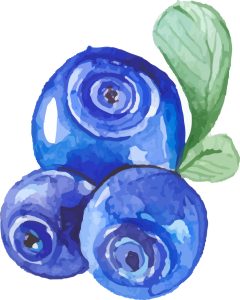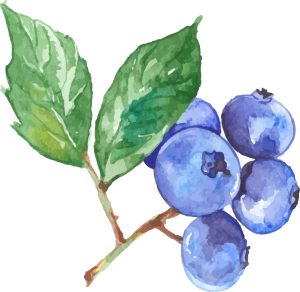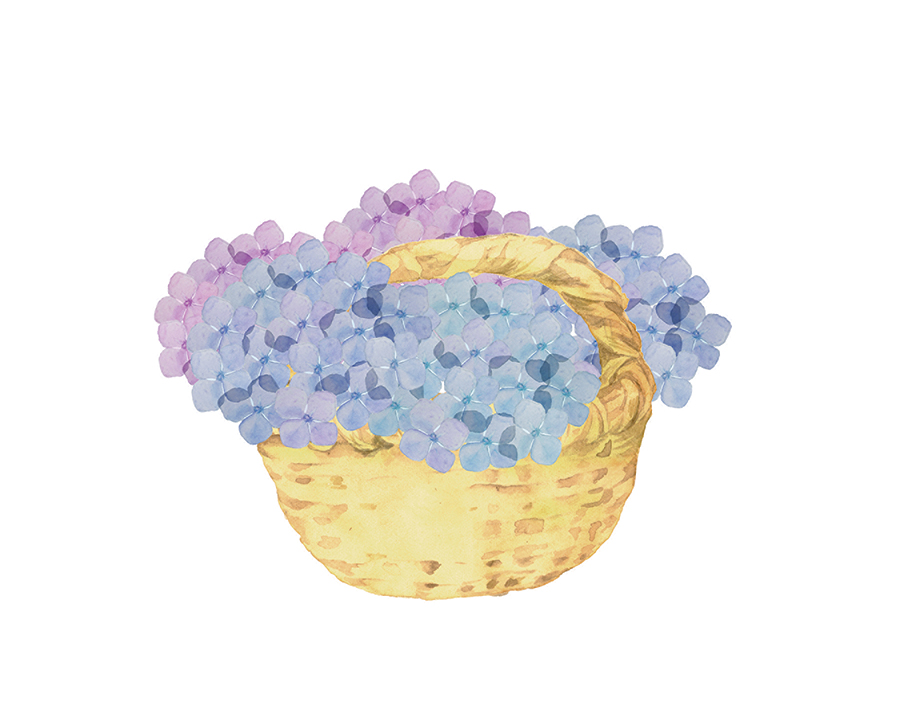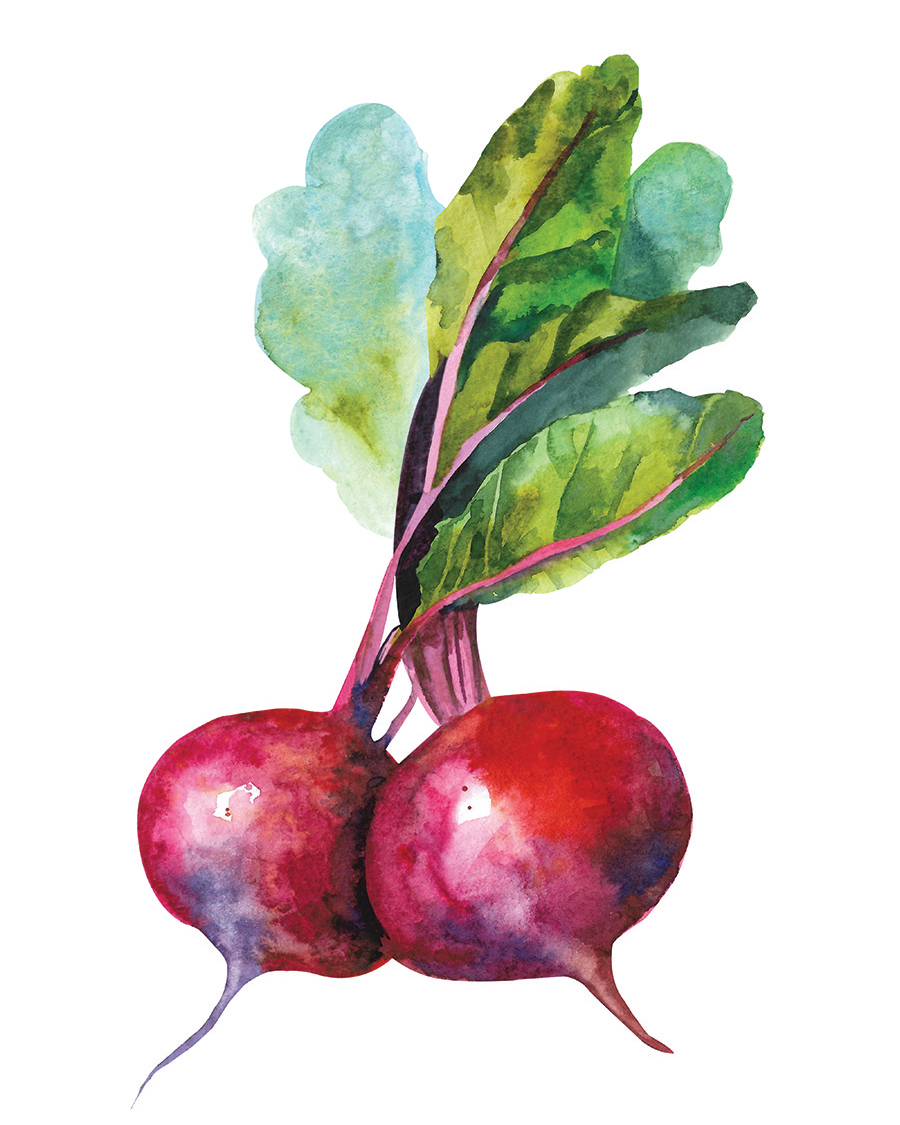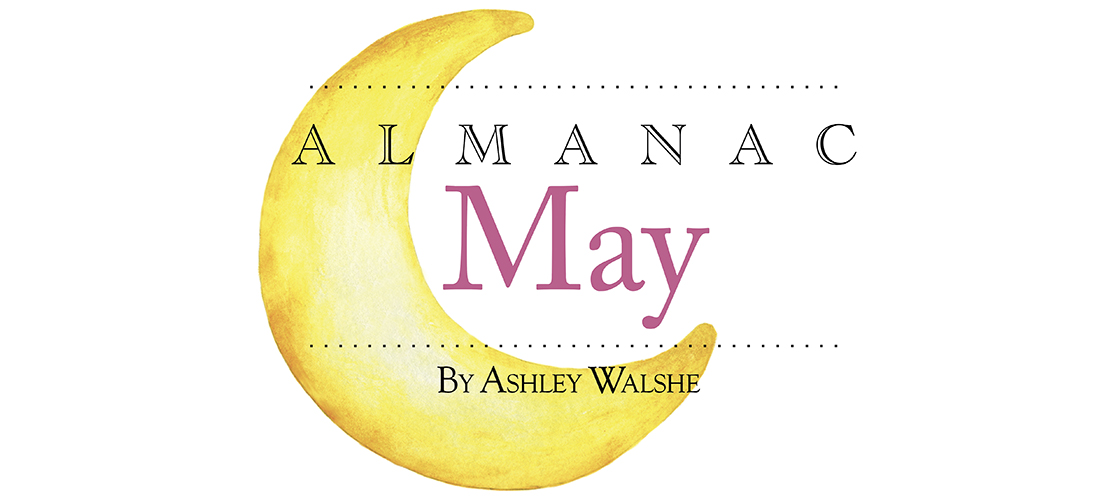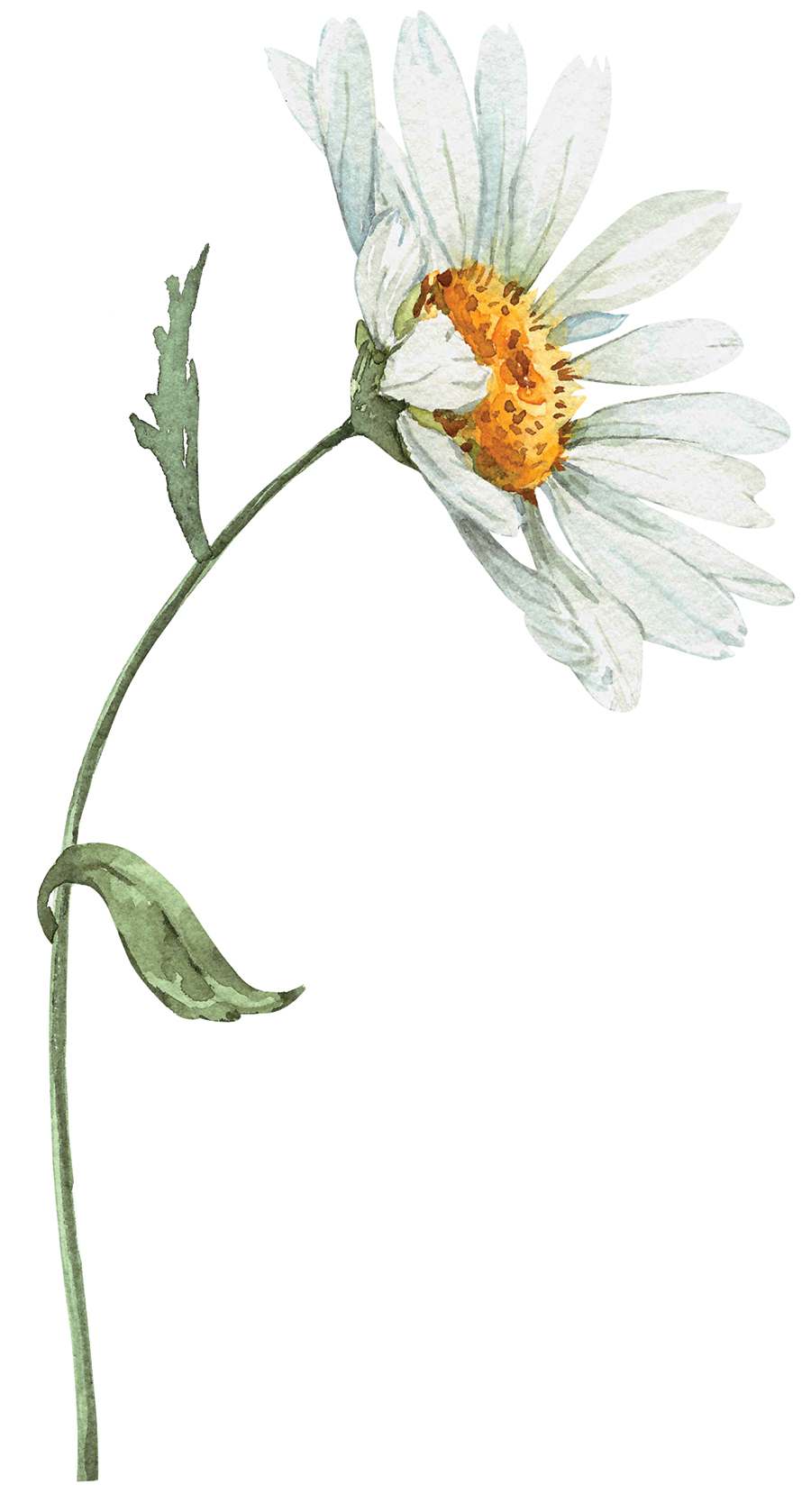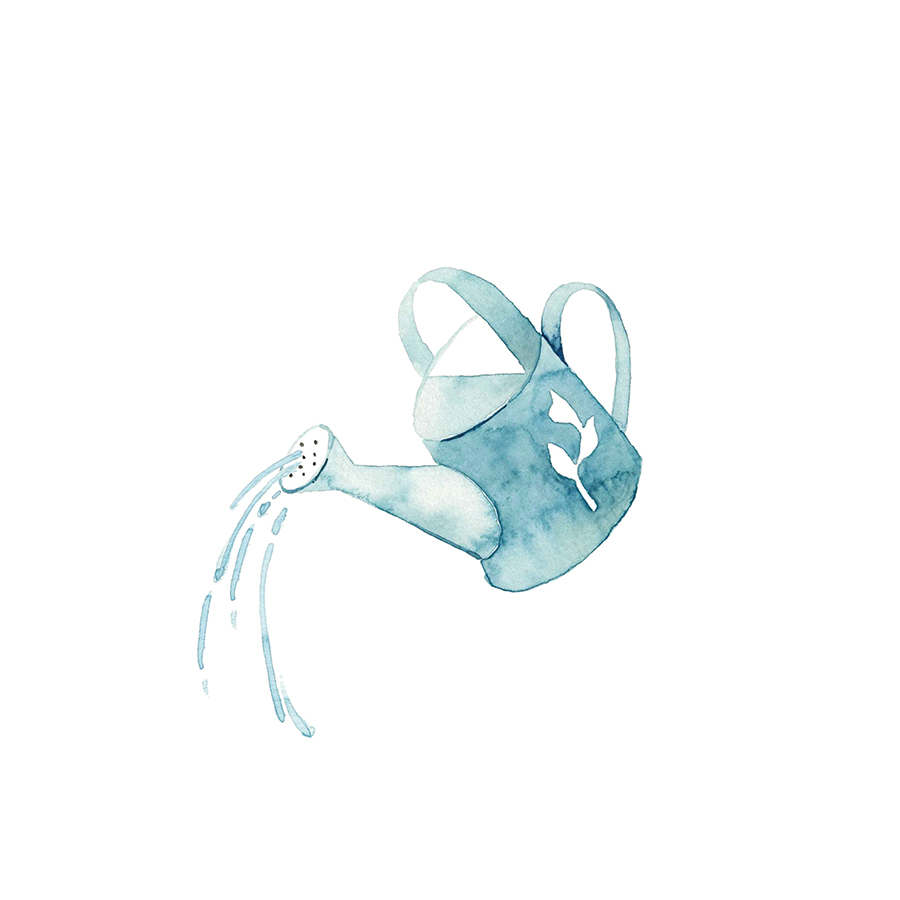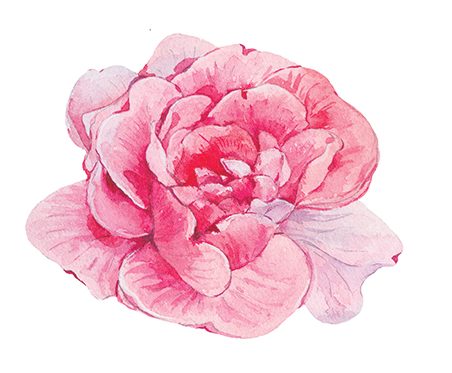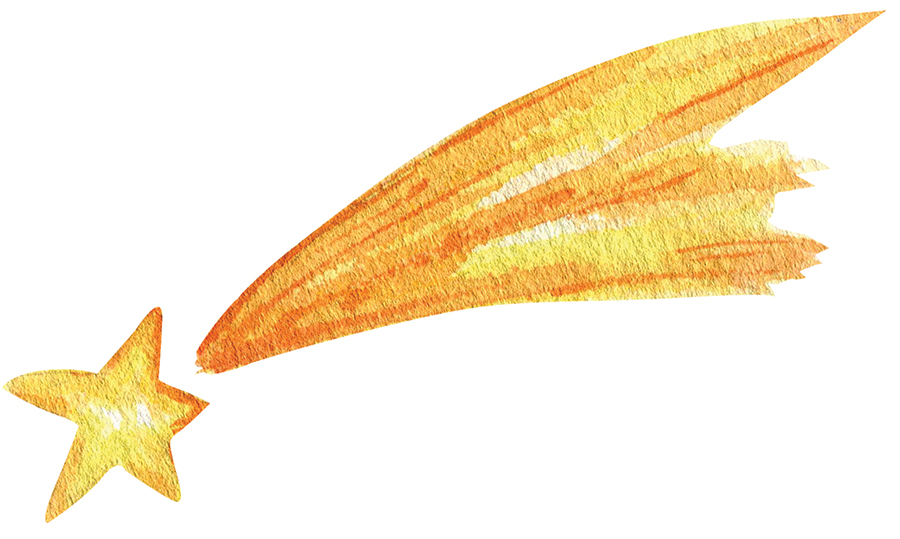Almanac May 2023
Almanac May 2023

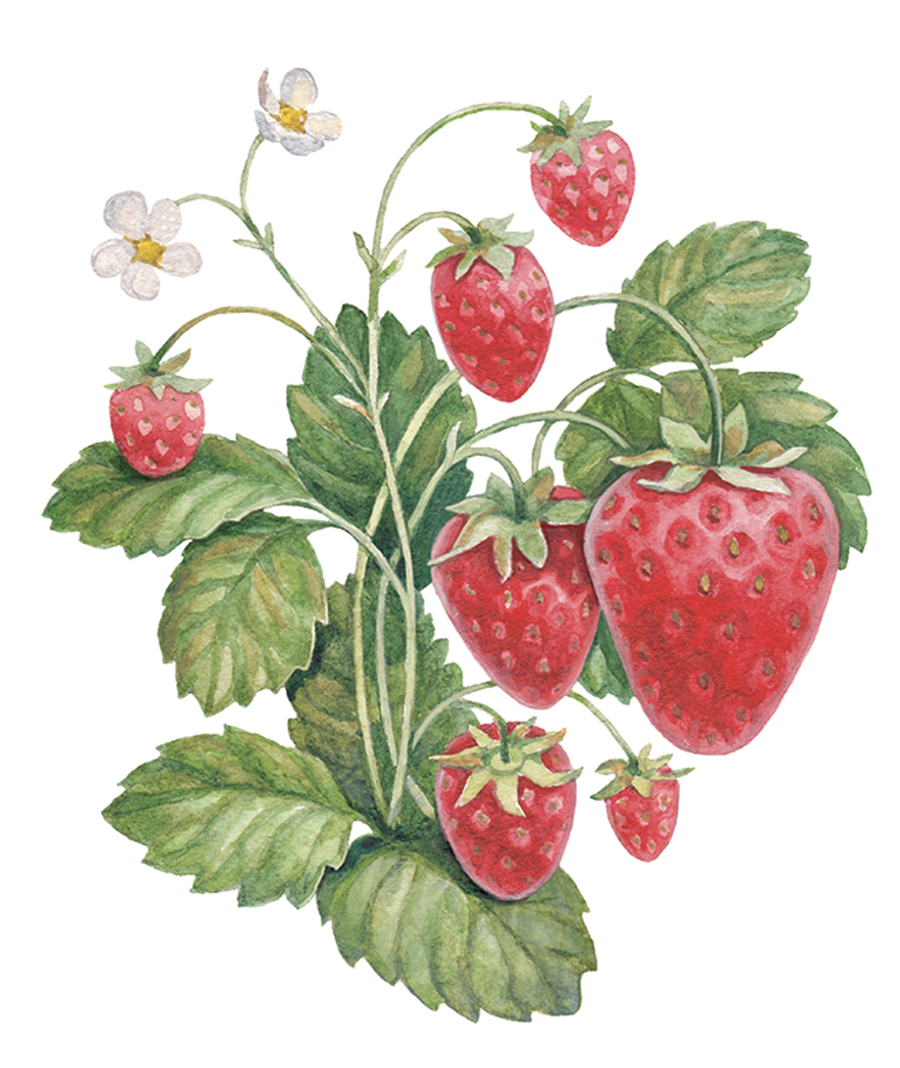 May is the nimble bard, back again, rendering tales of romance and revelry.
May is the nimble bard, back again, rendering tales of romance and revelry.
When the peonies sing out and the black snake sheds his winter skin, the bard slinks in with an age-old poem, jubilant and familiar. You recognize the words but the tune has changed. It’s more florid, less restrained.
A bard never sings the same song twice.
The poem is a constellation of roses, a bouquet of wild songbirds, a quivering fawn, wet from birth. It is a bluebird’s first flight, a canopy of tree frogs, a fox kit emerging from the den.
It’s a tale of first love — a whisper, a giggle, a kiss — a sacred song between two hearts and the ancient, flowering magnolia.
The rhythm quickens for the ballad of the bee and the lady’s slipper; the waltz of the foxglove and hummingbird; the butterfly’s ode to red clover.
Honeysuckle on the tongue, the bard weaves from wild place to formal garden, from strawberry patch to rabbit burrow, from poppy field to chrysalis.
She sings of earthworms and spring rain; soft grass and bare feet; the boy and his mud castle.
Listen for the girl in the sunhat. Snap peas on the trellis. Dandelions and cartwheels and picnic baskets.
The wind sings along, carrying her tune through the leafed-out trees until we are nectar-drunk and flushed. Each word pulses with ecstasy. We cannot help but sing along.
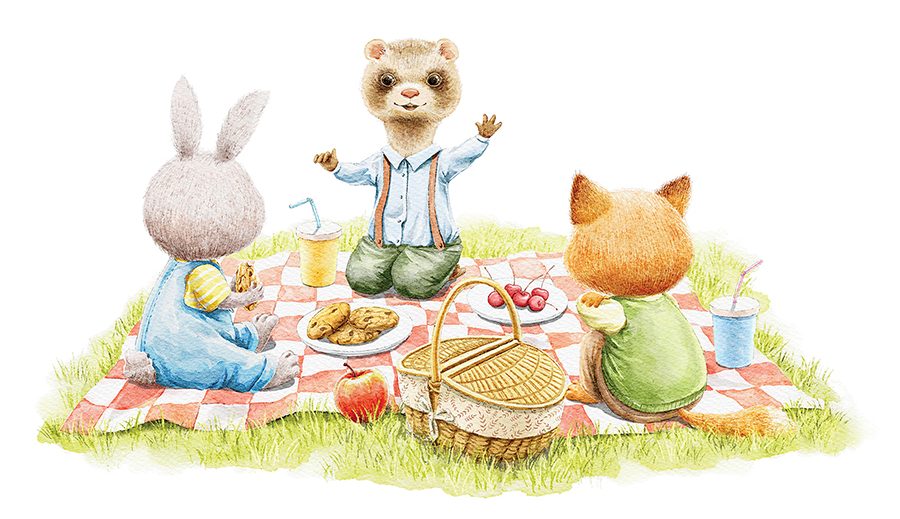
Among the Wildflowers
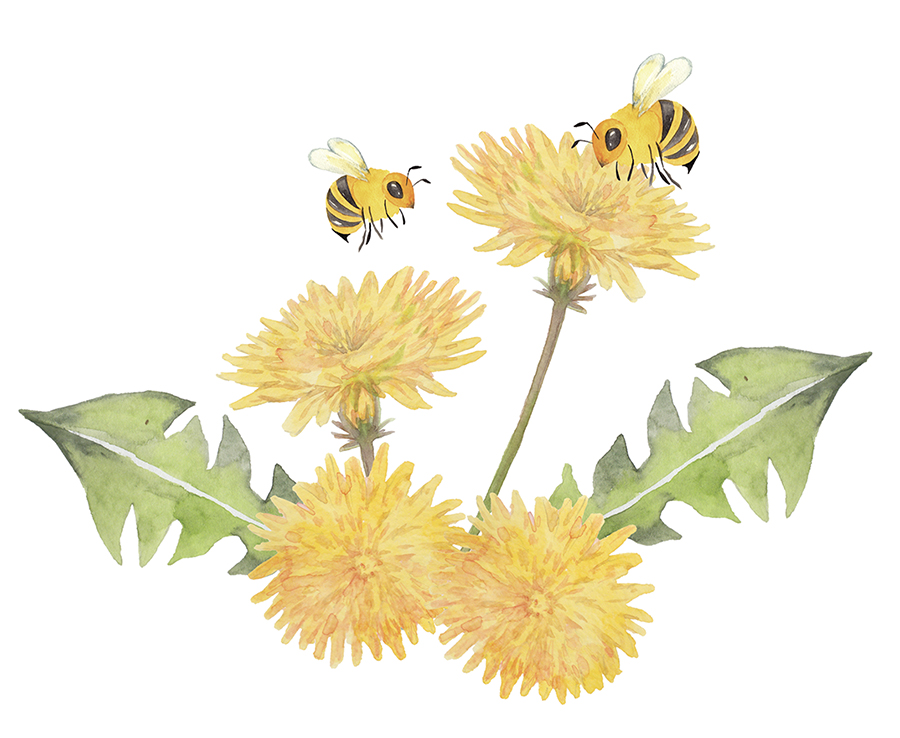 National Wildflower Week, celebrated during the first full week of May, is spring at its finest. The air is sweet. Roadsides and meadows are bursting with life and color. The pollinators are here for the party.
National Wildflower Week, celebrated during the first full week of May, is spring at its finest. The air is sweet. Roadsides and meadows are bursting with life and color. The pollinators are here for the party.
Perhaps you know that in 2016, the North Carolina Wildlife Federation launched The Butterfly Highway project in response to the alarming decline of native bees and monarch butterflies. This conservation restoration initiative continues to expand its “network of native flowering plants” to help sustain our pollen- and nectar-dependent wild ones. Interested in adding a “Pollinator Pitstop” to the map? Visit ncwf.org/habitat/butterfly-highway, where you can find N.C. native pollinator seed packets, discover what’s blooming this month, and learn more.
The word May is a perfumed word . . . It means youth, love, song; and all that is beautiful in life.
— Henry Wadsworth Longfellow, journal, 1861
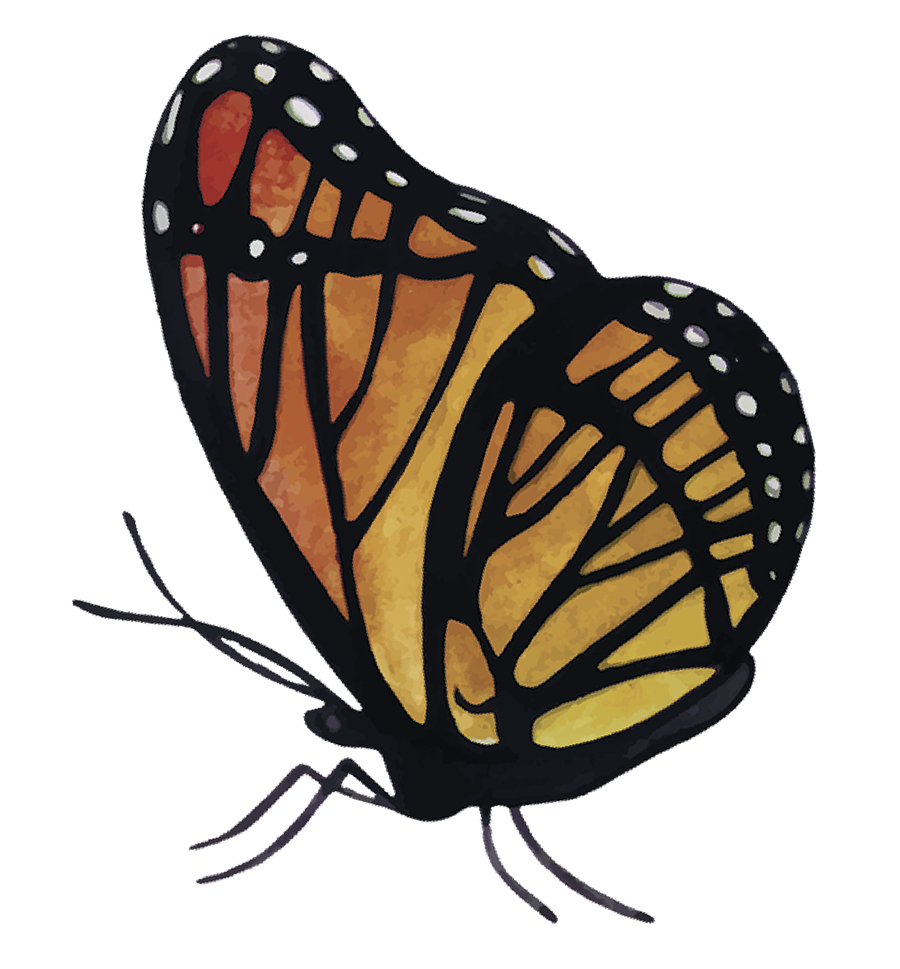
The Great Mother
Creation stories of the Lenape and Iroquois people evoke images of a great cosmic turtle carrying the world on its back. Surely all mothers have felt like that turtle from time to time.
This year, Mother’s Day lands on Sunday, May 14. Perhaps fittingly, World Turtle Day is celebrated this month, too — on Tuesday, May 23.
The Eastern box turtle, N.C.’s state reptile, begins nesting at the end of this month. Although common across the state, the Eastern box turtle population is declining. When next you see one, wish it well. She could be carrying eggs — or tending a clutch of tiny, delicate worlds. OH


